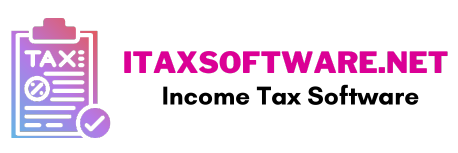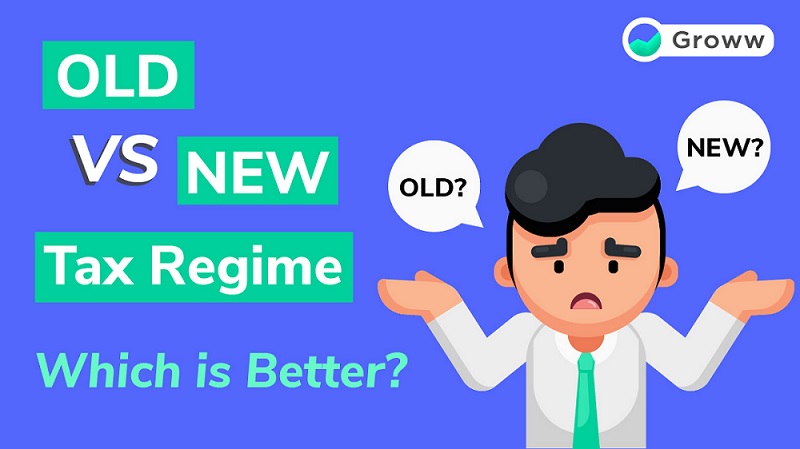[ad_1]
You are aware of the time limit for submitting investment proof to the employer. You also know that non-submission of proofs can lead to higher TDS and lower household income. Still, procrastination as a habit dies hard and you can be stuck in the same position you were at this time last year.
We agree that doing all the math and making tax saving investments is no fun. However, leaving tax planning to the last minute can leave you making costly investment mistakes.
If you’re one of those people reading this and haven’t planned your taxes yet, take heart! You’re not alone.
In this post, we will share with you 4 simple and powerful tips to help you complete your tax planning in a jiffy and also save you from the mistakes that can cost you a lot of money in the long run. So, have a cup of coffee and read…
Tip #1: Check Your Tax Liability for the Year
While computing income tax liability, you need to consider all income earned under the income tax law and all deductions available to you. Some readily available deductions that people miss are as follows:
- school tuition fee payment
- Life and medical insurance premiums
- house rent allowance
- Donations to approved institutions
Make sure you have proper proof/documents like rent agreement, donation receipts, premium certificate etc. for the deductions you wish to claim. This will help you in case of future tax assessment.
Tip #2: Compare the Old Vs. New Taxation Regime
Suppose you are a young investor and you do not have enough money to make new investments. In such a situation, the new tax system can come in handy for you.
However, let’s say you are an experienced investor and making tax saving investments every year and have a running home loan. In that case, there are chances that the old system may be beneficial for you as compared to the new one.
remember: If you’re new to investing and taxation and this analysis sounds like a lot of work to you, you can leave it up to us. tax expert here
Tip #3: Bridge your insurance gap first
- term life insurance
- Mediclaim insurance for self, family and parents
- preventive health checkup
It is important to make insurance a first priority for young investors. The money amount is not sufficient to secure the future of the family if there is an untimely death or a medical emergency of one of the breadwinners in the family. Insurance helps as a secure foundation on which you can build your wealth palace.
Tip #4: Do an Overall Appraisal Before Selecting an Investment:
- Decide on your financial goals and when you need money – the more time you have for the goal, the more risk you can take.
- Decide at your own risk that you can tolerate. In simple words, this is the part of the investment that you want to invest in equities and maintain the ability to sleep peacefully at night.
- Consider investment risks, lock-in period, liquidity, taxation, etc. to get a holistic view and whether the investment is in line with your financial goals. Don’t fall for only returns.
However, if you are short of time to do all the above, you can consider investing in ELSS and PPF. Note that ELSS is a long term investment and make sure not to withdraw it before at least 5 years. With respect to PPF, it has a lock-in of 15 years.
conclusion
Timely tax planning helps in avoiding many costly financial mistakes that cannot be undone. However, even if you’re late in planning your taxes, you can take some easy last-minute financial steps. These steps will help you reduce your risk and ensure that the investments are in line with your financial needs.
[ad_2]
Source link


